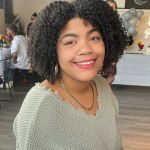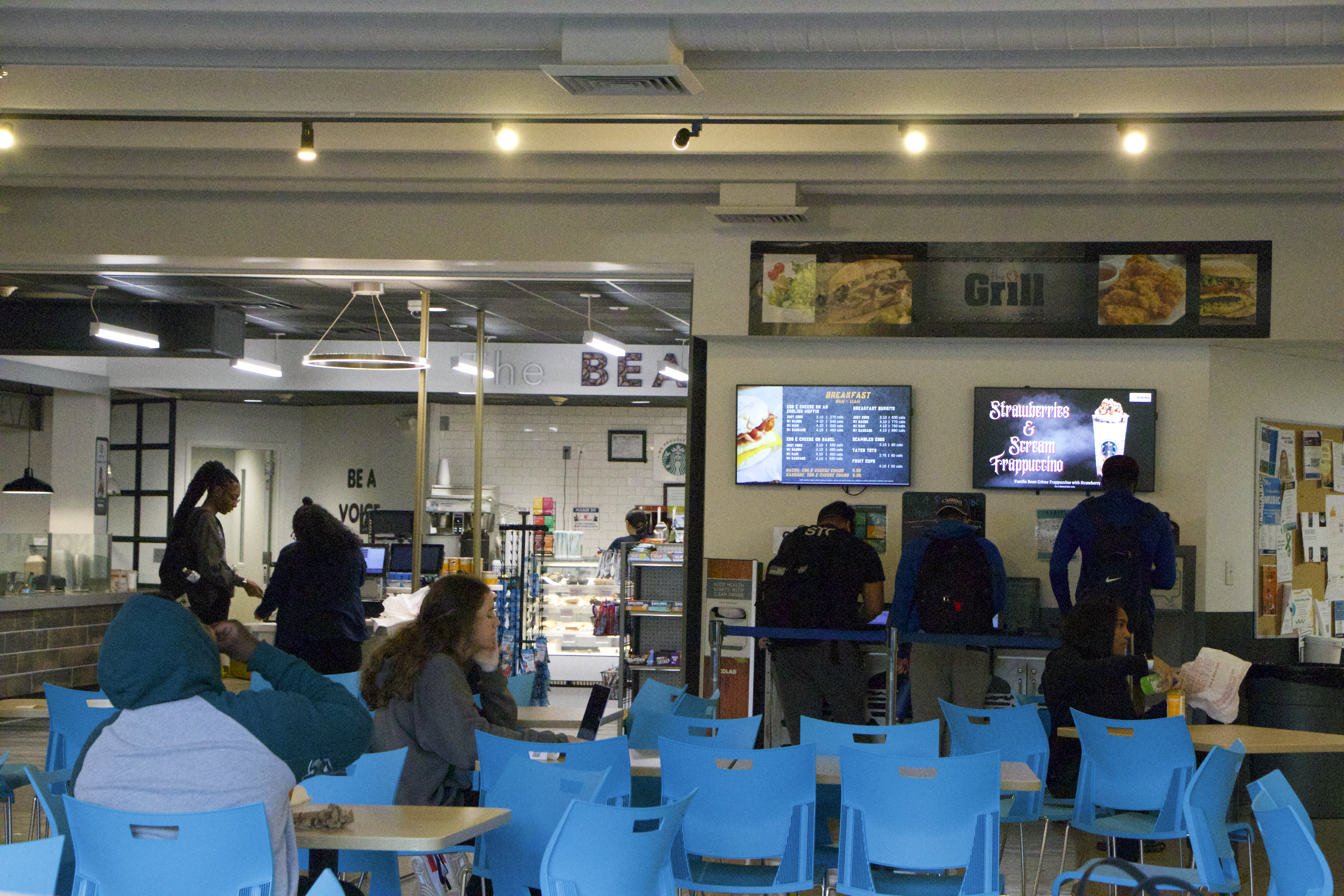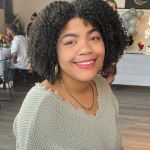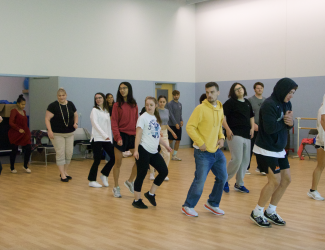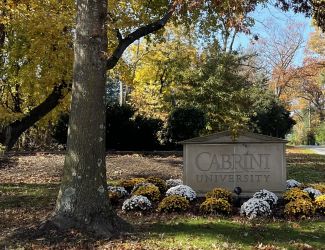Isaiah Saddler, senior writing major, attended the Hispanic Networking Night because it was facilitated by Sherrise Rowe, director of alumni Diversity, Equity, and Inclusion. Saddler is not Hispanic but went because his Latin friends told him about it; earlier in the year, Rowe made a lasting impression on them. She lost her job on Friday, Oct. 25.
“Cabrini keeps making decisions that slight their mission,” Saddler said. He questions how students of color are supposed to feel at a university that cut culturally specific majors and laid off staff who welcomed them to campus.
Cabrini University is committed to social justice, yet Saddler calls the university’s social justice initiatives “ingenuine.” He appreciates the space students have to do social justice work but wishes the university did more to promote it.


 Keeping friends close keeps students safe
Keeping friends close keeps students safe
“You can see a flyer once or twice in the halls or in Founders, but you really don’t know of many happenings unless you’re a part of that group,” Saddler said. As a resident assistant, he believes communication between Residence Life and the other departments in the Office of Mission, DEI and Student Engagement should be improved so students don’t feel excluded.

“Nine times out of 10 you would have to build your own community to really feel at home at Cabrini,” Saddler said. Saddler observed that any student who wants an exciting college experience outside of their found-family group must actively search for opportunities where they feel included.
“The students are doing the heavy work to engage themselves,” Saddler said. He praises the Black Student Union as the club where Black students feel most secure.
Word of mouth seems to be the most successful communication method for events on campus, but Saddler wants Cabrini to treat on-campus social justice events like they do their mission trips.
“I would like to see an emphasis on social justice initiatives focused on things happening in our own country,” he said. He compared Cabrini’s advertisement of the upcoming Guatemala mission trip to what he saw as the university’s reserved approach to promoting events like the Hispanic Networking Night.
Alanna Hall, freshman undeclared major, identified the annual Human Trafficking Awareness Walk, facilitated by the Missionary Sisters of the Sacred Heart of Jesus, as a focus for the university. She could not identify Cabrini’s efforts to encourage students of color.
The Awareness Walk and the Guatemala trip are integrated into the university’s curriculum, but other initiatives are mostly extracurricular. Lailah Dunbar, director of the Office of Diversity, Equity, Inclusion and Belonging, agrees that word of mouth is the most effective marketing tool. Her office also posts fliers and sends emails to students, faculty, and staff.
Students feel misunderstood by faculty
Saddler said students carefully choose their community in the residence halls but identify classrooms and common areas as exclusive spaces.
Dunbar has strong friendships with students involved in DEIB engagement on campus. She hopes her office bridges the gap between the growing diversity in the student body and a faculty that is between 70% and 90% white.
“Our aim is to embed a culture of belonging throughout the entire institution,” Dunbar said.
Dunbar hopes the ODEIB educates and inspires faculty to create an inviting environment for all students. By broadening their perspective from a “single story,” she hopes professors can empathize with all students and their experiences.
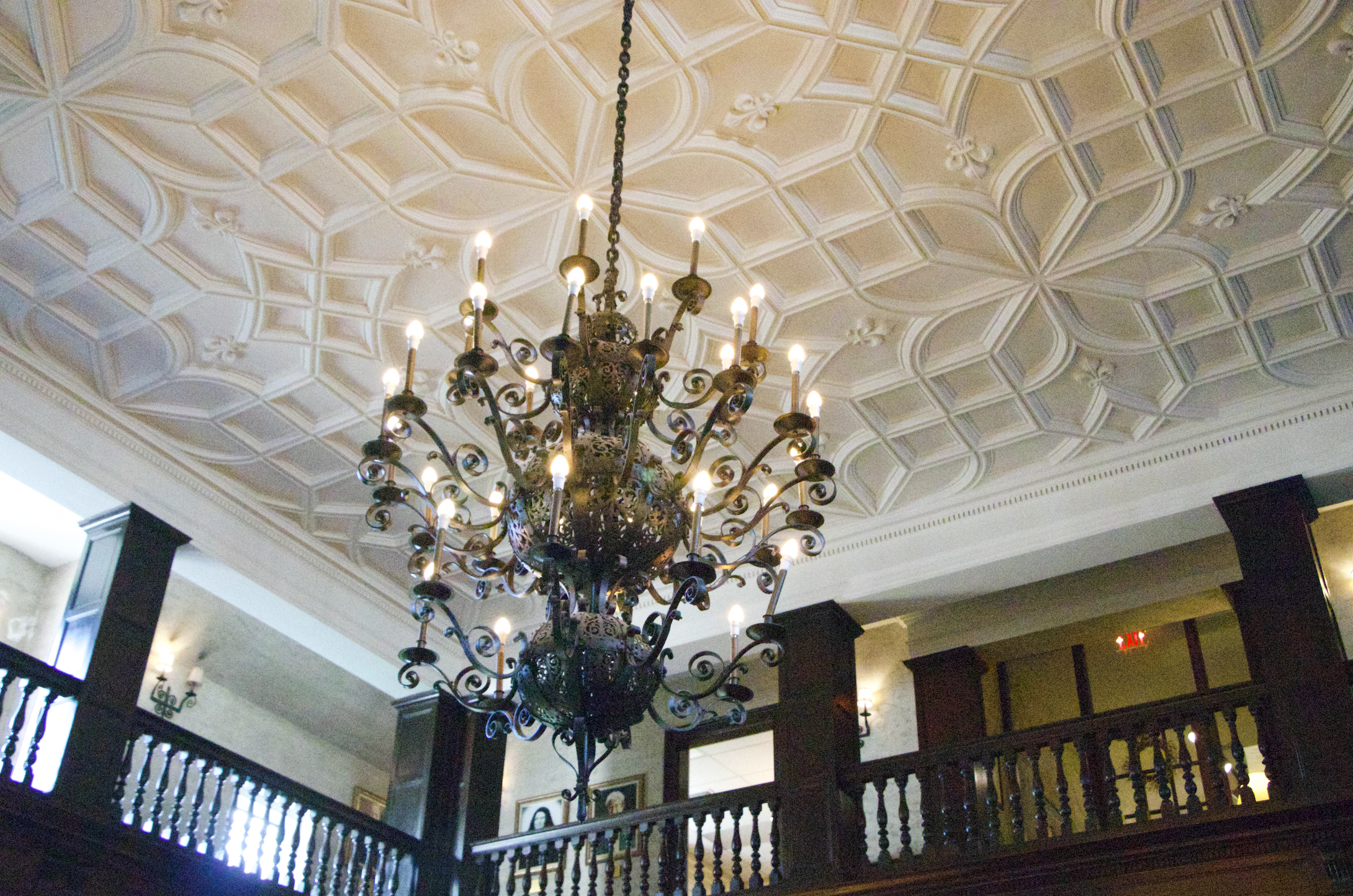
She also praises faculty who regularly engage in the office’s initiatives. “You have some people who are supporters of diversity, equity, inclusion, and belonging, who may show up for everything, like Father Dave Driesch,” she said.
“I definitely hope we help to strengthen people’s historical understanding so that they can ground the opinions they have in facts,” Dunbar said. She hopes that faculty practice cultural sensitivity in their classrooms. Dunbar believes greater knowledge empowers faculty to teach students “in a more holistic and comprehensive way.”
Both Saddler and Dunbar agree that Cabrini has the potential to truly be a social justice campus. Improving communication between students and faculty is the first step.
“There’s always work to do,” Dunbar said.

